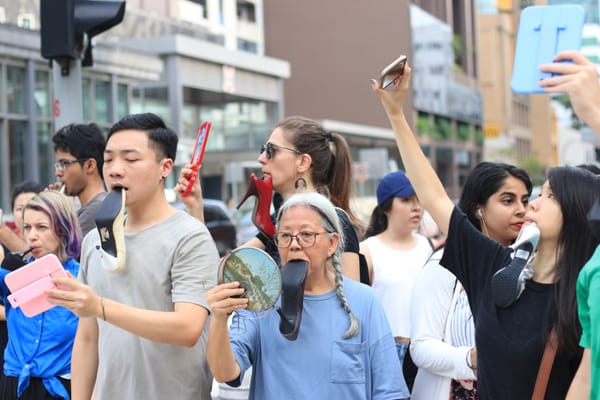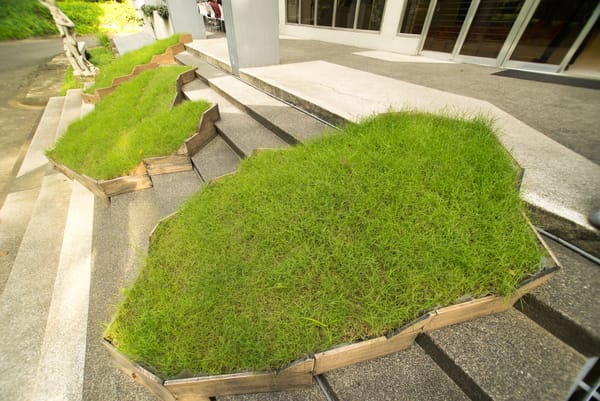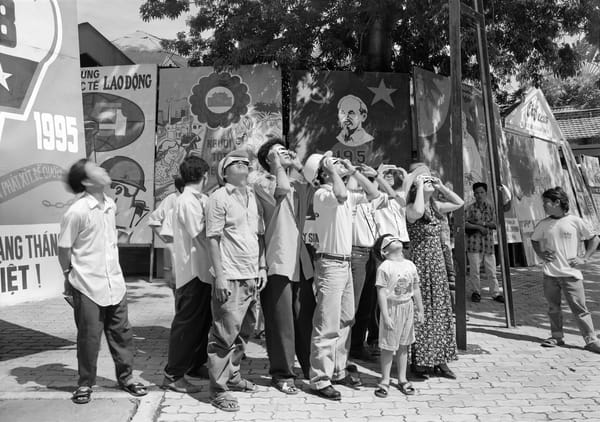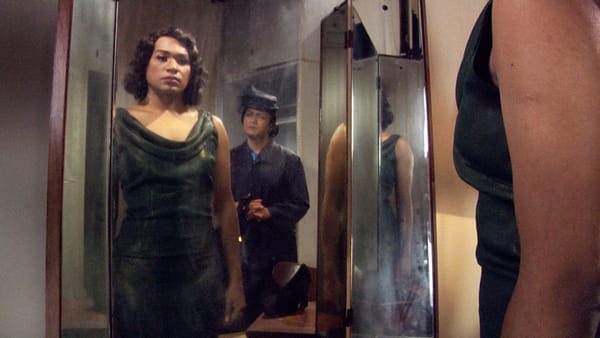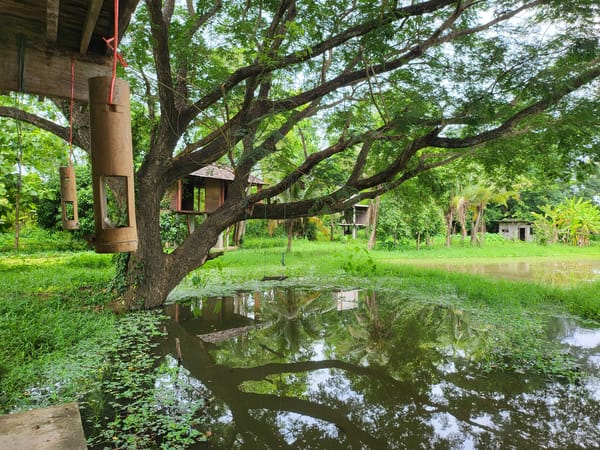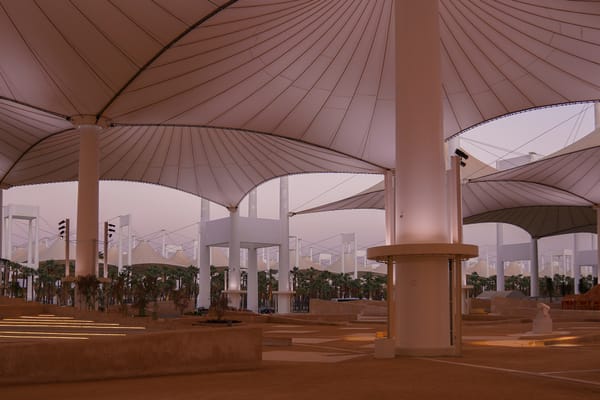Issue
Up Close: Do Ho Suh

Recollections of a past home can often feel elusive, even oneiric. While we might not remember specific details, a hazy psychological imprint endures, as if once-familiar walls and doors have dissolved into distant silhouettes. Yet our domicile remains the primary architecture that forms our sense of self and memory. As French philosopher Gaston Bachelard wrote in his 1958 book The Poetics of Space: “A house that has been experienced is not an inert box. Inhabited space transcends geometrical space.” This “topography of our intimate being,” as he calls it, constitutes how we navigate the places we live in and love, and how they shape not only our memories but our very way of moving through the world.
Since the late 1990s, South Korean artist Do Ho Suh has constructed meticulous life-size recreations of his former lodgings all across the globe. For his latest iteration, Nest/s (2024), presented in his major survey “Walk the House” at London’s Tate Modern, Suh stitched together a sequence of in-between spaces—corridors, entryways, and thresholds—using translucent polyester in different jewel-toned colors, from rose pink and cobalt blue to mint, moss green, and amber. These architectural segments of his former dwellings in Seoul, New York, Berlin, and London coalesce into a diaphanous, membrane-like structure that stretches through the gallery, creating a ghostly hallway.
